Crafting a Knowledge Graph: The Semantic Data Modeling Way
Ontotext
FEBRUARY 19, 2020
Clean your data to ensure data quality. Correct any data quality issues to make the data most applicable to your task. This includes removing invalid or meaningless entries, adjusting data fields to accommodate multiple values, fixing inconsistencies, etc. Maximize the usability of your data.

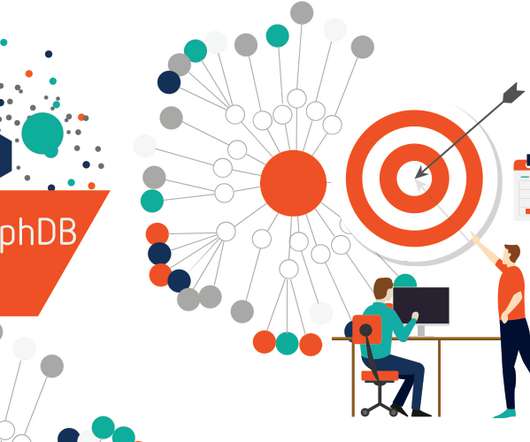
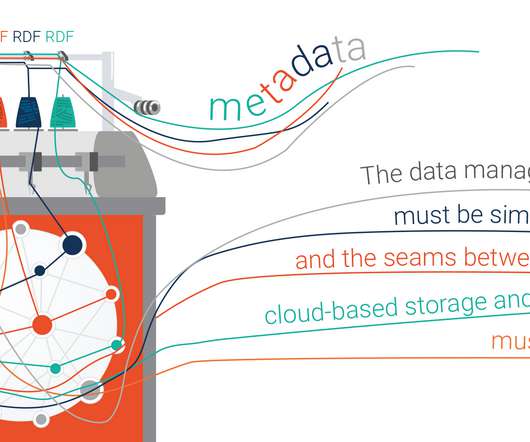
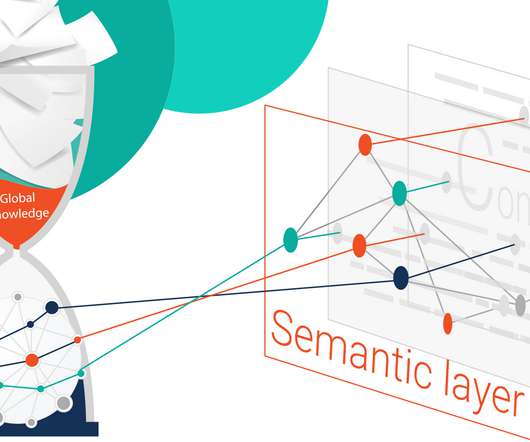
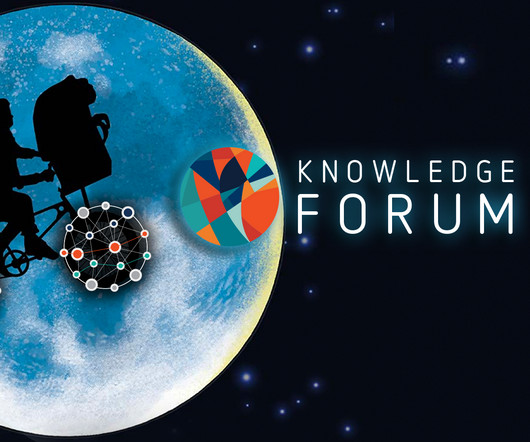
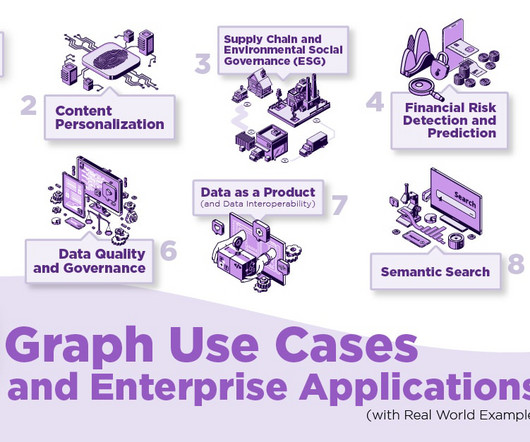
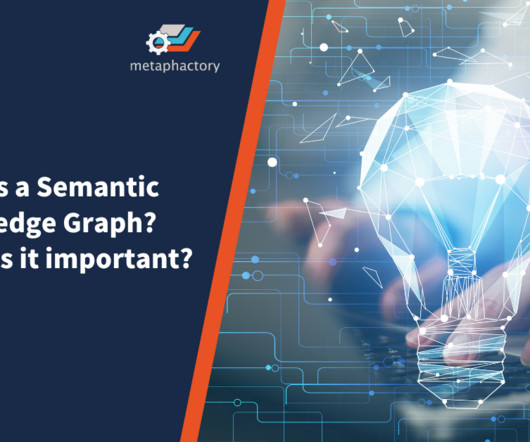
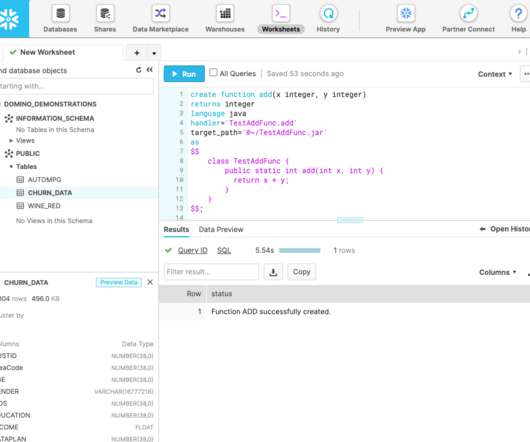









Let's personalize your content